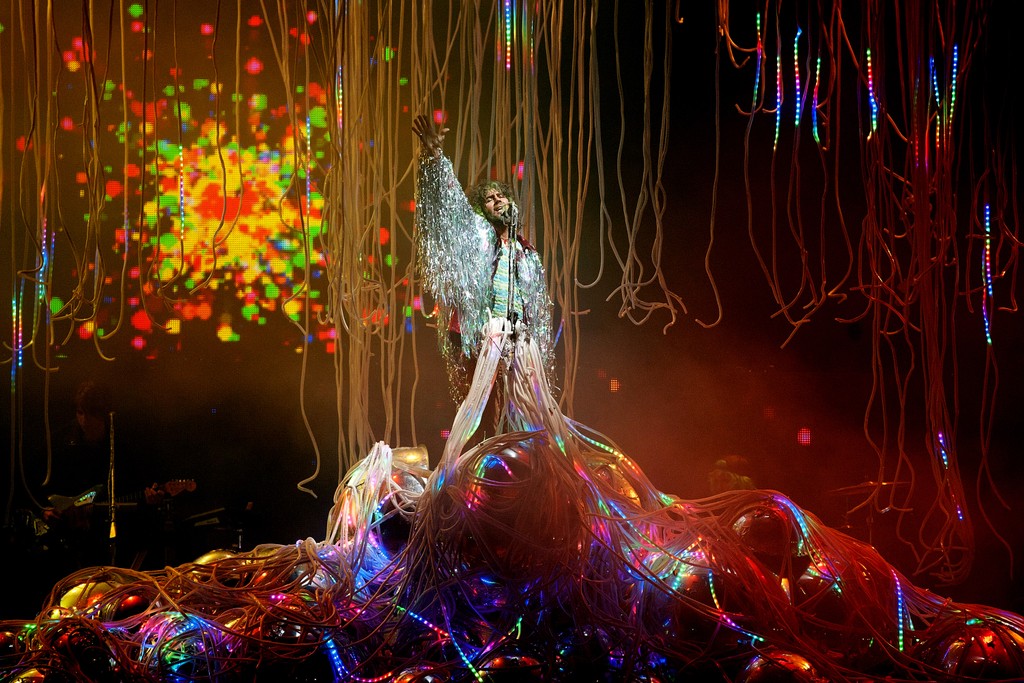

"I saw a dark side to it," says Schiller. Moral panic ensued, followed by legislation. "Can any law keep the awesome drug away from reckless hands?" screamed the caption. The Cassady photo ran as part of a feature in Life magazine. "At one point I went over, and he started dancing with his silhouette. Mid-trip, they skipped down the block to pose for portraits. Through acid guru Timothy Leary, Schiller made contact with Kesey, who told him the Pranksters were due to hold an Acid Test on Sunset Boulevard. By the early-60s, following a meeting with the author Ken Kesey, Cassady had become the amphetamine-fuelled driver for Kesey's Merry Pranksters, a troupe of Californian hippies who piled into a brightly painted bus and set out to introduce the mind-expanding properties of LSD to the stuffy straights of middle America.īy this time, Schiller was a photojournalist of some renown, and with a batch of good-quality LSD finding its way into counterculture circles and talk of so-called Acid Tests – musical events fuelled by Kool-Aid laced with psychedelics – taking place along the west coast, he set out to document the new scene. A teenage dropout who fell in with the young Jack Kerouac, Cassady became the inspiration for perhaps the quintessential Beat generation figure, Dean Moriarty, the restless, superhuman drifter of Kerouac's 1957 novel On The Road. The photo's title, The Acid Test: Neal Cassady, reveals that this anonymous figure is one of the most iconic – if elusive – figures in 20th-century literature. "I think I was actually making music that sounded like that photo, or what I thought the photo sounded like, anyway." "I'd seen it in a Life hardback I picked up at a thrift store maybe 10 years earlier, and I always thought it would be a cool album cover," remembers Coyne.


The black-and-white original is an enigma: a scruffy figure stands by an illuminated wall, transfixed by his own shadow. As they prepare to perform it in its entirety, the band's Wayne Coyne and photographer Lawrence Schiller explain the origins and enduring appeal of the shot … I t's a picture you know best in Technicolor form, painted in lurid yellow and blue on the cover of the Flaming Lips' 1999 breakthrough LP The Soft Bulletin.


 0 kommentar(er)
0 kommentar(er)
